9 Nilay’s Exploration of Ellora Caves
Ellora caves: behind the scenes
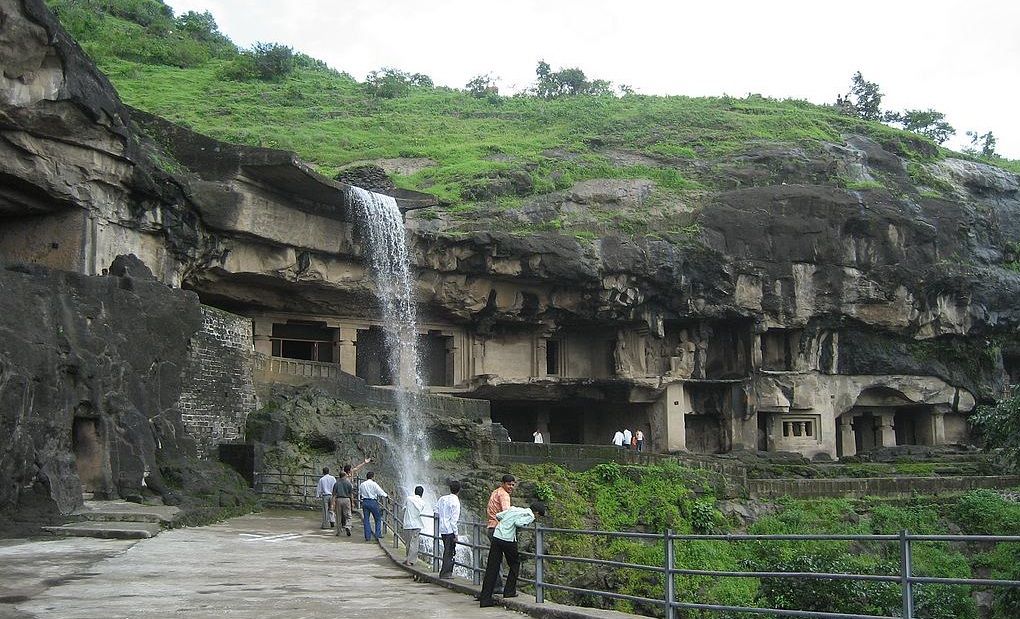
The Ellora caves are a group of 100 caves in the Indian state of Maharashtra, where my family is from. Maharashtra is the economic capital of India, and Aurangabad is the tourism capital of Maharashtra. The caves are specifically located in the Charanandri Hills on the Deccan Plateau. Of the 100 caves, only 34 are open to the public. Of the 34 caves, there are a mix of Buddhist, Hindu, and Jain caves, which show the religious tolerance in ancient India. Some of the caves were used for religious occasions, while others were decorative or monuments to gods. 17 caves are focused on Hinduism, 12 for Buddhism, and 5 for Jainism. The caves were excavated from 600-1000 CE.
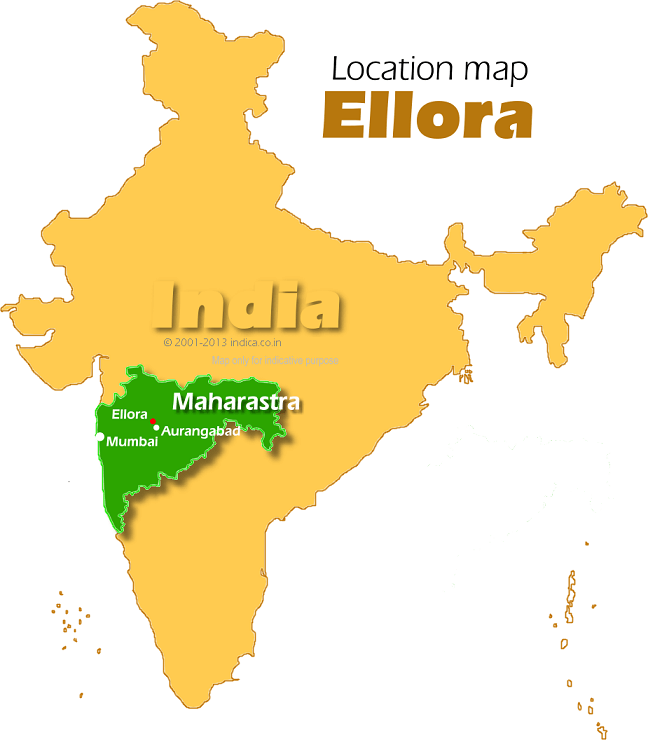
Cave 16: Kailashnath temple
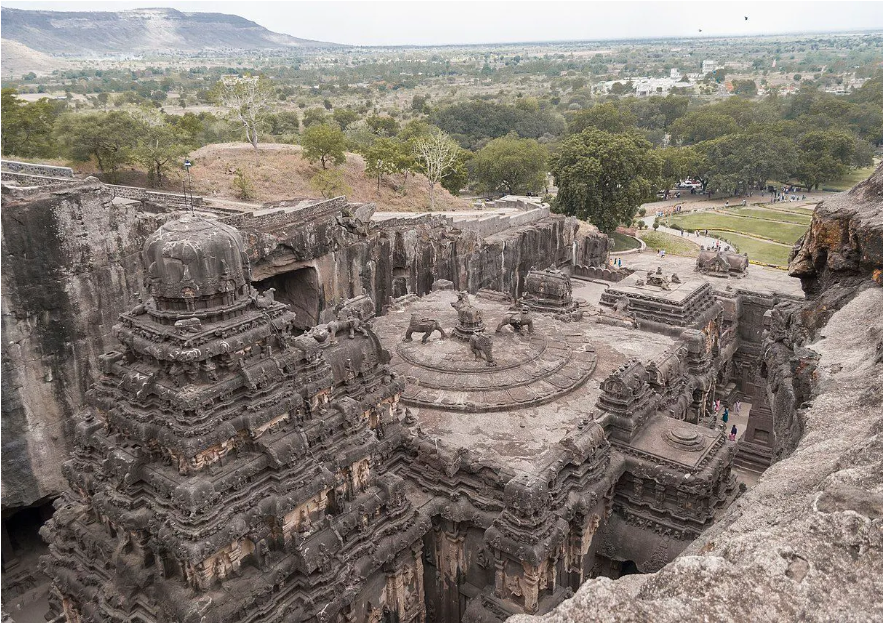
All the caves are numbered, and Cave 16 is the most impressive of them all. Kailashnath temple, or Kailasa, is named after the Himalayan mountain on which the Hindu God Shiva is said to have lived. Physically imposing, it is the largest single cut stone monolith in the world. The entire excavation was cut from the top down, making the feat even more impressive. The story goes that the king of the 8th century Rashtrakuta dynasty, Elu, fell ill. The queen prayed to Lord Shiva, and promised that if the king was cured, she would not eat until she saw the top of a magnificent temple built in his honor. Her wish was granted, thus construction on the temple was to begin. Architects from around the kingdom submitted plans, however they would all take months to build. By that time, the queen would be dead! Finally, one architect suggested building the temple from the top down to solve this problem, and thus Kailasa was built. The temple has many parts with elaborate carvings because the temple complex was built in stages. Some of the most impressive feats are shown below.
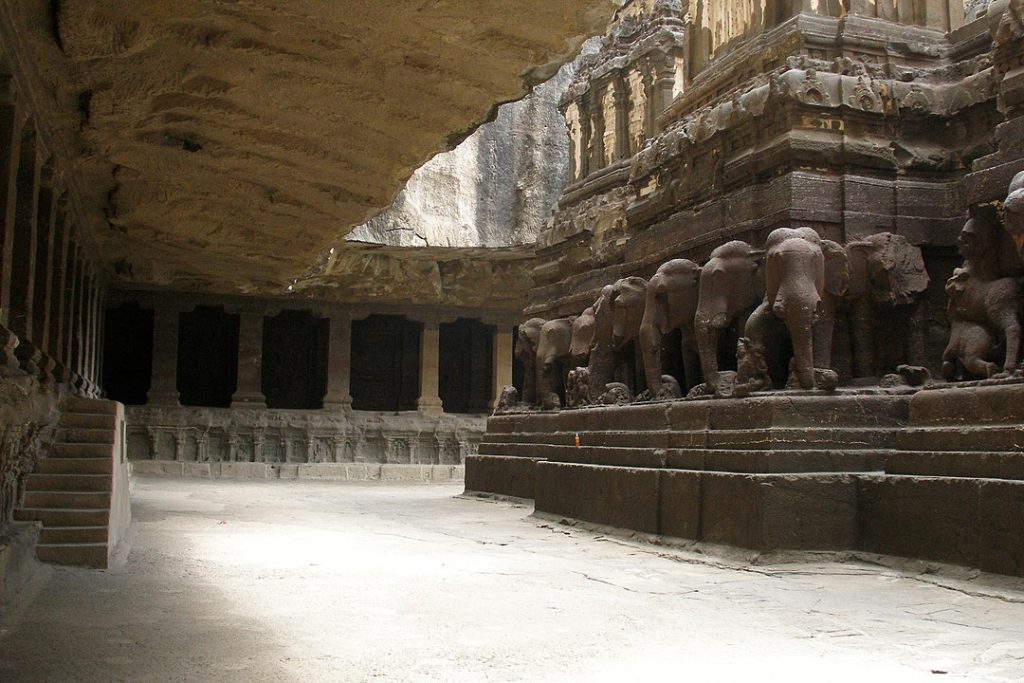
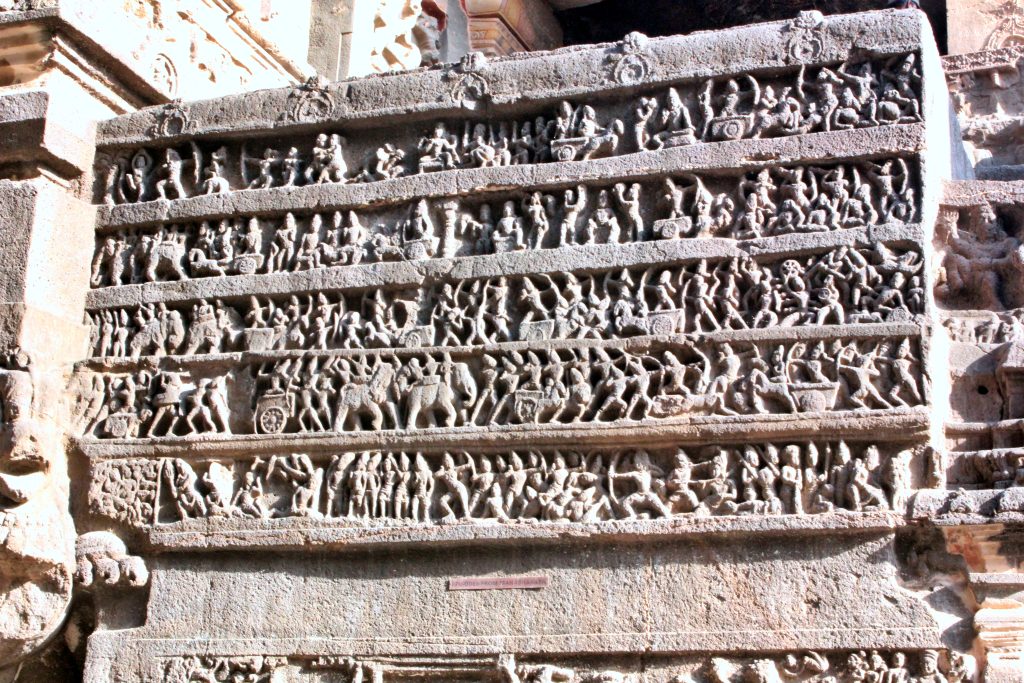
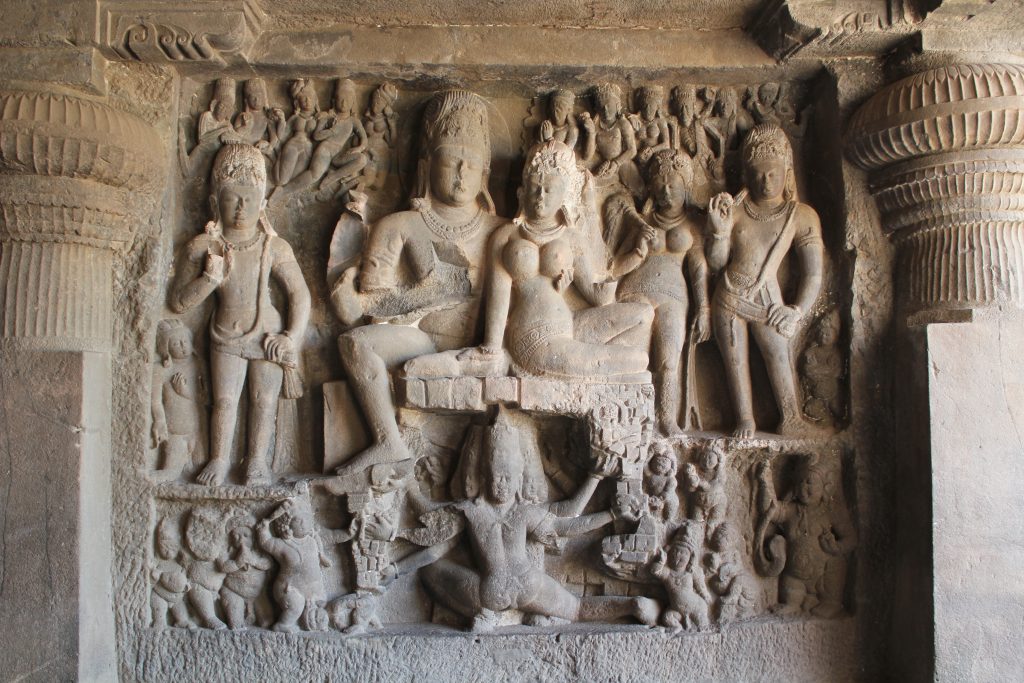
Cave 10: The carpenter’s cave
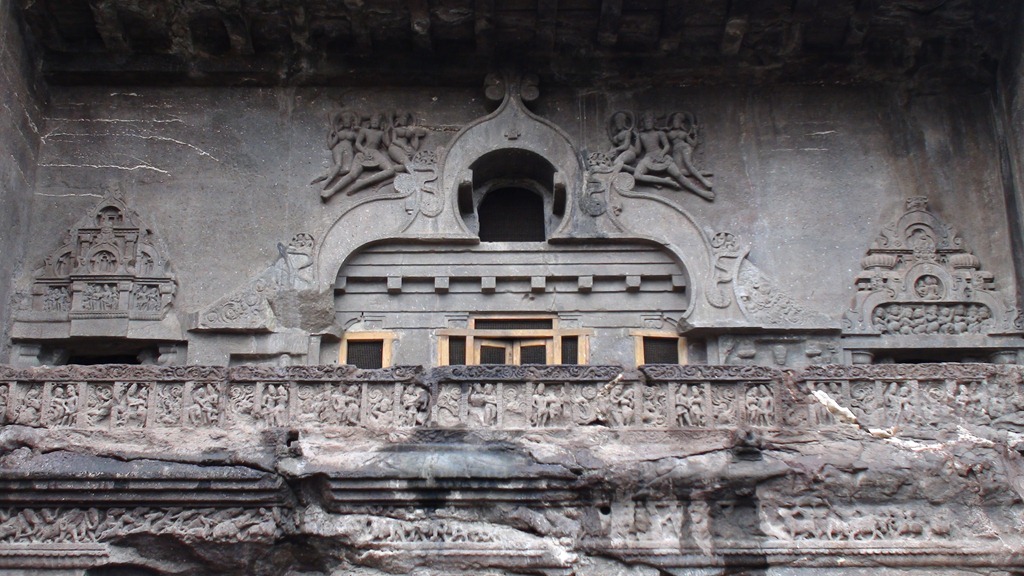
Among the 12 Buddhist caves, Cave 10 stands head and shoulders above the rest. Viswakarma, or the Carpenter’s cave, is named as such due to its wood finishes carved in rock. Built around 650 CE, the top of the cave is arched to look like wooden ribs, an impressive feat considering the only material available was stone. This cave is one of the few that were used for religious purposes. Inside, an 11 ft tall statue of Buddha sits on a throne. Worshippers would chant hymns, and they would be amplified due to the structure of the cave.
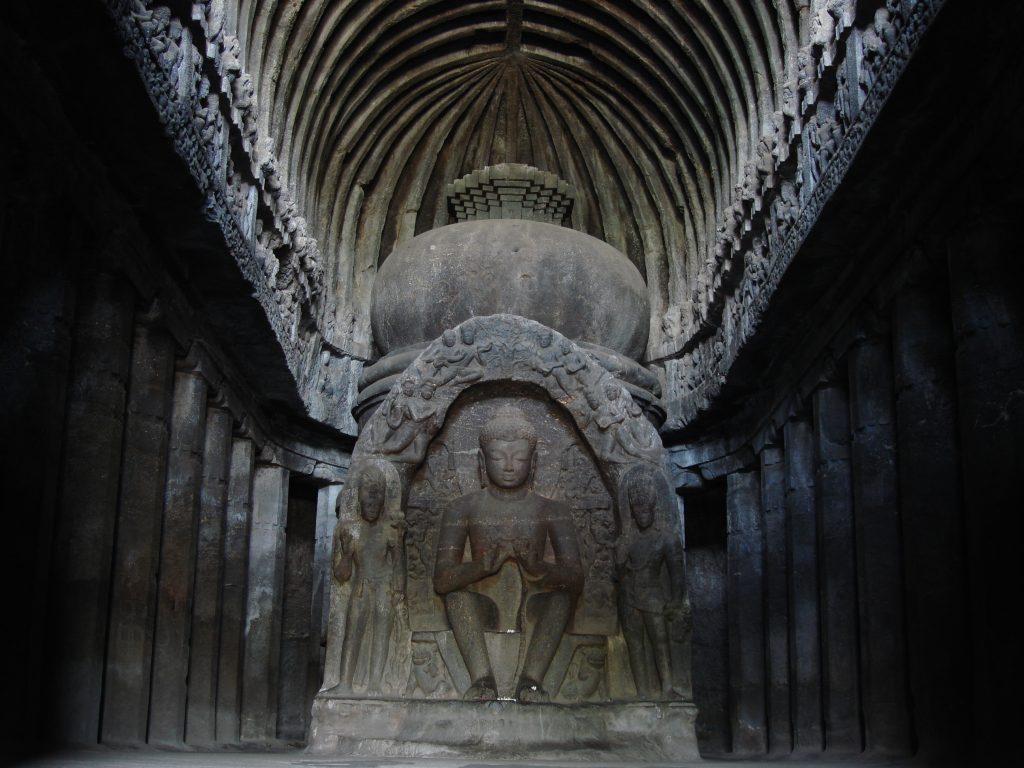
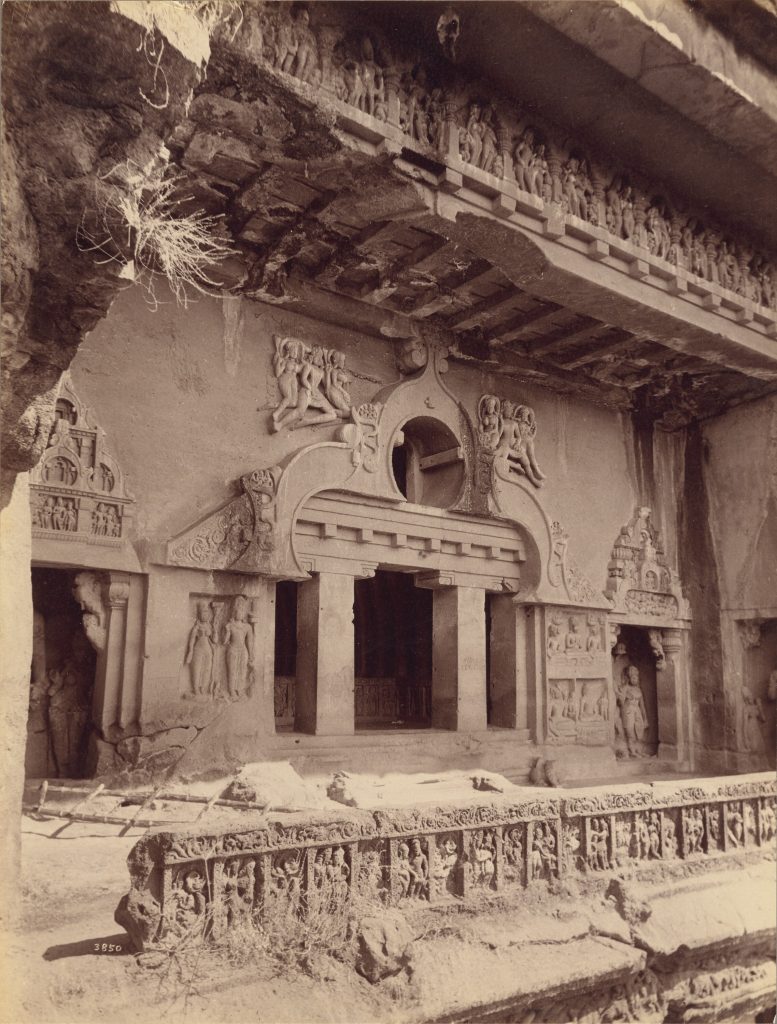
Cave 32: Indra Sabha
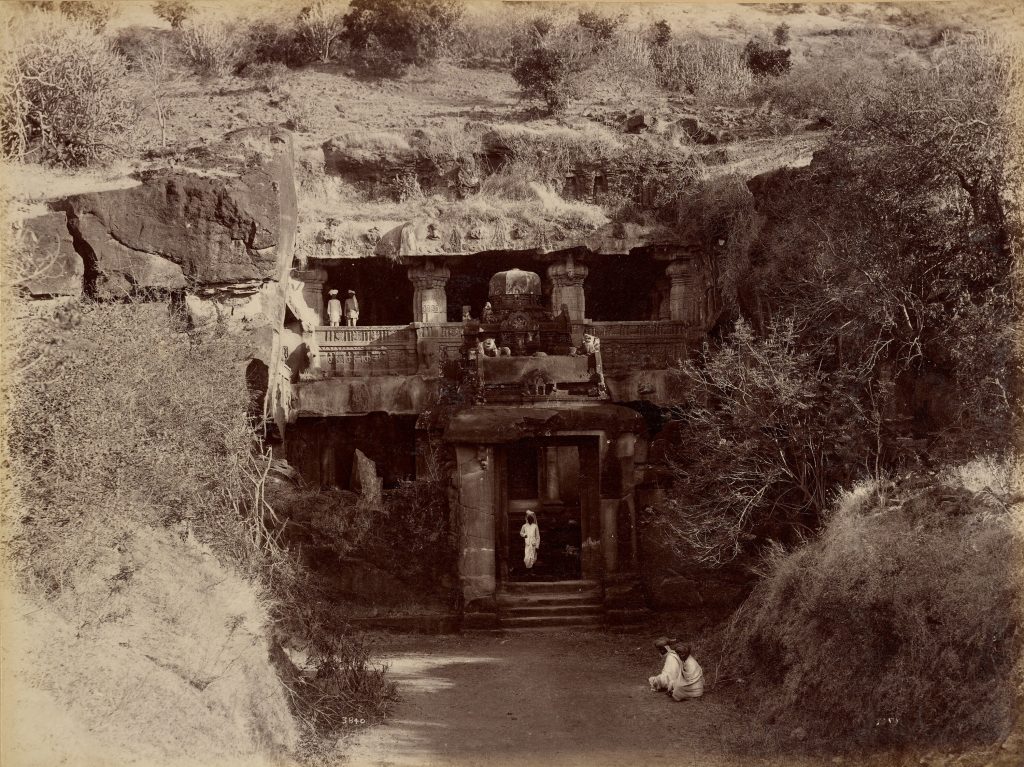
Cave 32 is the most famous Jain temple at Ellora. Its name is actually a misnomer, as the initial discoverers mistook the deities of Mahavira for incarnations of the Hindu God Indra. This cave was also a place of worship for Jains, as there are multiple shrines in the two story structure. The shrines are to different gods in the Jain religion, Mahavira among them. On the second story, four different deities point in the 4 cardinal directions, offering a place to pray.
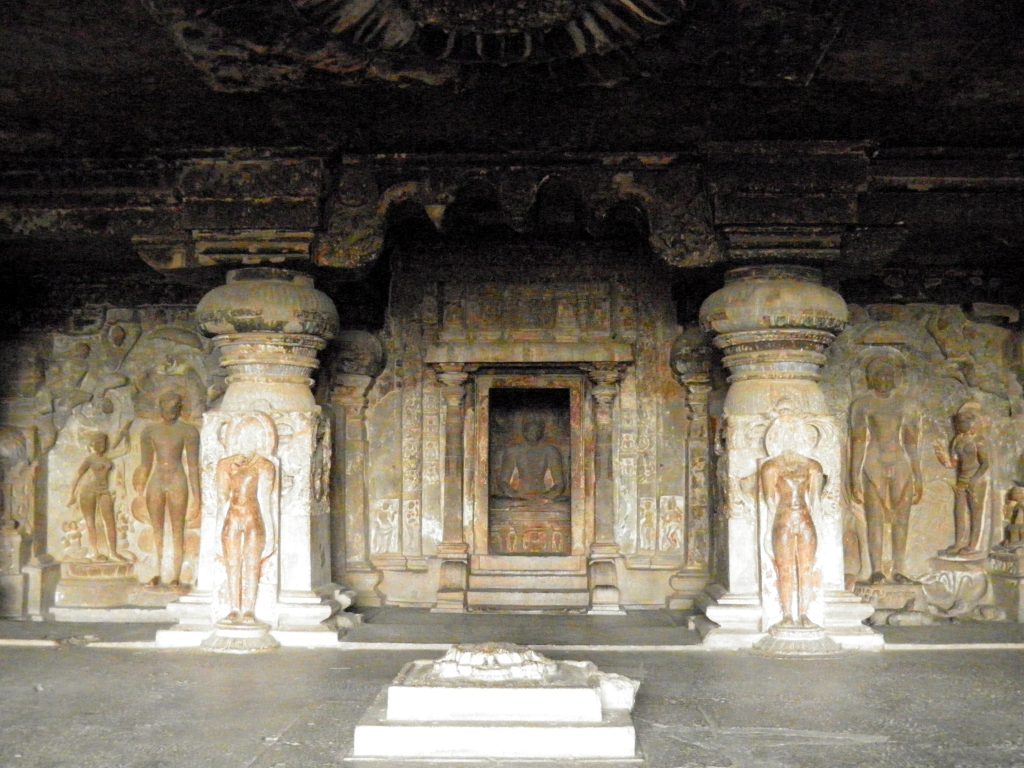
Below is a tour of this cave, where one can see the outside of the structure as well as the inside. At the 1:26 mark, the deities facing in the 4 cardinal directions are visible. Other intricate carvings and artworks are also shown in the video.
Balance: Preservation v.s access
One of, if not the, biggest problem facing the Ellora caves today is its preservation. There has been no worry about any looting because it has been designated as a UNESCO world heritage site in 1983, and also it would be very hard to loot as it is out in the open. Instead, the damage comes from ecological factors. The influx of tourists creates more humidity in the caves than normal, causing deterioration of the paintings inside. The humidity also creates ideal conditions for fungi and other plants to grow, further deteriorating the paintings. There are also cracks in the caves, which allow water to seep in. This decreases the structural integrity of the caves themselves. A plan has been created (plan) to both preserve the caves while also increasing its attractiveness as a tourist destination, thus benefiting the economy.
The plan talks a lot about how the renovations could be used for economic benefit. For example, it mentions the new amenities around the site and improving transportation to the site from Aurangabad. It only mentions conservation of the site itself once it gets to the conclusion. In the conclusion, the report states that no conservation strategy really existed, and the means of conservation used were nothing new. However, it states that the conservation improved, so that was good. Fiber optic cables were installed, which is better than radioactive lighting. Drainage channels were also installed, which decreased the flow of surface water into the sites. The total length of the project was planned to be 5 years, but ended up being from 1992 to 2002.
This survey was conducted by the Japan International Cooperation Agency, which also raises questions about who should get to make the decisions about the caves. Because the report focused mostly on improving the tourist experience and barely on preservation, it is clear where the priorities of the report lie. There is a heavy bias towards using the caves as an economic tool to generate revenue. In fact, most of the report discussed the visitor center, not the actual caves themselves. Below, I’ll compile a list of criteria that will focus more on preservation considerations, given that the report, albeit in-depth, did not provide much.
Criterion 1: Structural Integrity
The caves can only exist if they are standing. Water damage from seepage has caused some structural damage to the caves. One of the reasons not all 100 caves are open to the public is because some are too damaged and frail to be exposed to human interaction. Here are some ways we can track or improve the integrity of the caves:
- Regular surveying: Maintenance can be performed on all caves open to the public to check for water damage or other warning signs. These practices are already used in other sectors, so I’m sure the general ideas can be adapted here as well
- Structural repairs: Again, these practices are done on worldwide monuments, so I’m sure they can also be applied here. These repairs would only occur if necessary
Criterion 2: Capacity
Another big problem with maintaining the integrity of the caves, especially the paintings, is the increase in humidity caused by high capacity. More people means more warm bodies, and this leads to a higher humidity inside the caves. Since they are enclosed, a lot of the heat and water vapor is trapped internally, creating the perfect environment for fungi and plants to grow. These growths damage the paintings, detracting from the visitor experience and also the preservation of the site. Here are some ways we can determine capacity:
- Limiting Capacity: Simply limiting the number of bodies in the cave is a simple way to ensure less humidity at the site. This could be achieved with tickets on a per cave basis, or requiring reservations before coming to Ellora
- Cave Rotations: Another idea would be to have only certain caves open to the public at certain times, on a rotating basis. This rotation could have a period of hours, days, weeks, or months. The idea would lead to a similar average amount of attendance, but increase the time for each cave having no visitors. The caveat here is that popular caves would most likely have a spike in attendance when they are open, leading to a higher loading than is anticipated given the current setup.
Criterion 3: Lighting
Caves are dark. Even during the day, sometimes it is tough to see the full beauty of the art and architecture when one is in a dimly lit area. Thus, lighting in the caves is imperative to fully enjoy the experience. This criterion is admittedly more tourism-centric, however tourism is still an important aspect of the site, as the caves were built to be admired, not just preserved. Below is the main thing to think about when it comes to lighting:
- Type of lighting: Certain types of light can harm the chemicals in the paint of the murals inside the cave. As mentioned in the report, the new fiber optic lighting reduces radiant heat, ultraviolet, and infrared radiation on the paintings. Keeping this type of lighting throughout the caves would be a good way to preserve the sites
All of these criteria are intertwined, so they will depend on and effect each other. The humidity in the cave may still be unsustainable if radiant heat lighting is used, even if the rotation schedule means there are no visitors present. Thus, it is imperative to think of these criteria as parts of a whole and not independent members.

